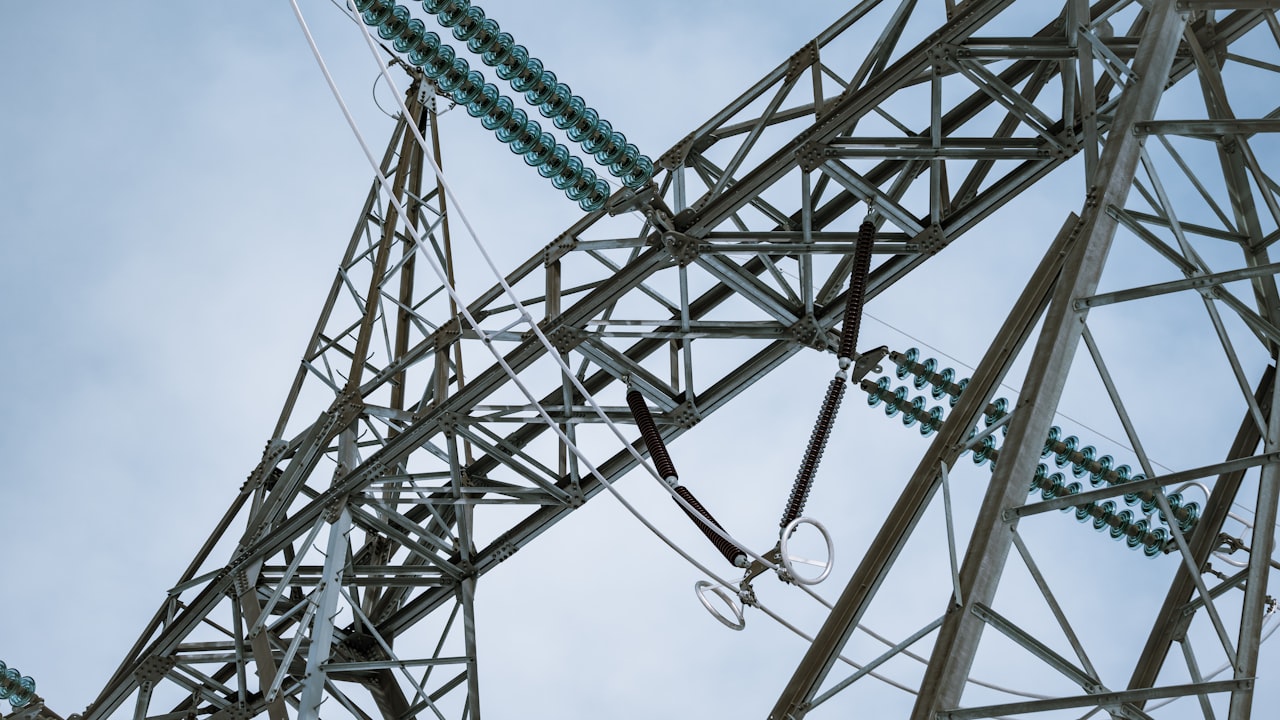A portable power station for camping is a great pal by your side during your camping trip, but what if your campsite had an unexpected rain? It can be a fun killer but what’s more important is to make sure that your camping power station stays safe. You might be wondering that it’s designed for outdoor use so why should I bother protecting it from rain? In this article, you’ll learn about how your power station reacts to different types of water influences.
How Waterproof Is My Portable Power Station?
Portable power stations typically have varying levels of water resistance, but they are not completely waterproof. While they are designed to be used outdoors and withstand light rain or splashes, they are not intended to be submerged in water or exposed to heavy rain or water immersion.
Waterproofing Levels Explained
The level of water resistance or protection will depend on the specific model and its IP (Ingress Protection) rating. IP ratings consist of two digits, such as IP65 or IPX4, which indicate the level of protection against solids (first digit) and liquids (second digit). The second digit represents the resistance to water.
- IPX0: No water resistance.
- IPX1-IPX3: Protection against dripping water or light rain.
- IPX4: Protection against water splashes from any direction.
- IPX5-IPX6: Protection against water jets or heavy rain.
- IPX7-IPX8: Protection against temporary immersion or continuous submersion in water.
Keeping Your Power Station Safe From Unexpected Rain During Camping
To protect your power station from unexpected rain, consider the following measures:
- Sheltered Location: Position your power station in a sheltered area to minimize direct exposure to rain. This could include placing it under a canopy, tarp, or inside a tent or sheltered space.
- Waterproof Cover: Use a waterproof cover specifically designed for your power station or a generic one that fits its dimensions. Ensure the cover completely encloses the power station and provides adequate protection against rain. Make sure the cover is securely fastened to prevent water from seeping in.
- DIY Rain Protection: If a dedicated cover is not available, you can use alternative waterproof materials such as plastic sheets or garbage bags to create a makeshift rain cover. Ensure the cover is securely attached and provides sufficient coverage to shield the power station.
- Elevated Surface: Place the power station on an elevated surface or platform to prevent water pooling around or beneath it. This helps to avoid water infiltration through the bottom or from splashing.
- Avoid Exposed Wires: Ensure any exposed wires or connectors are protected and kept away from rainwater. Use cable management techniques, such as zip ties or cable organizers, to keep wires tidy and away from potential water sources.
- Monitor Weather Forecasts: Stay informed about weather conditions and forecasts. If unexpected rain is anticipated, take preemptive measures to protect the power station or consider temporarily relocating it to a more secure and sheltered area.
- Prompt Disconnection: If rain starts unexpectedly and you are using the power station outdoors, disconnect it from any power sources or devices immediately. Move it to a dry location until the rain subsides.
- Dry Before Use: If the power station gets wet despite precautions, ensure it is completely dry before reconnecting or using it. Wipe off any moisture using a soft cloth or towel and allow it to air dry thoroughly before operating.
Conclusion
So, this article is sure to help you keep enjoying your camping, and the next time rain shows up unexpectedly, you’re ready to tackle it and keep your power station safe. If you’re considering beginning your journey with a brand new power station, then Benebomo is the best choice. You’ll get excellent waterproofing power stations there.


